Gerry Brownlee and National’s quake recovery plan for central city transportation would almost have been visionary in 1980. It relies on fossil fuel and caters to think big projects which will impoverish and fail ratepayers.
Christchurch City Council’s Share an Idea community consultation effort and multiple surveys have found much pent up demand for cycling on easy to use direct and uncomplicated cycle routes. Cars are expensive and traffic thick. Cycling is healthy, cheap and convenient. Transport freedom is very appealing.
thanks to http://cadencecycling.blogspot.co.nz/
Share an Idea provided a glimpse of the community’s emerging vision; a green pedestrian centred bicycle friendly city where people would want to live, play, shop. A city we can afford now and in the future.
For those in power, this is threatening. They like their cars and can’t imagine any sane person choosing to cycle. Besides, their supporters in the auto, road building and real estate industries have long been on the offensive when it comes to defending their livelihoods. For them the outdated and unaffordable vision of growth at any cost based on car dependency is the favoured option. They will profit.
THE PLAN
Gerry Brownlee is National’s champion for this vision of recovery. His closely managed Christchurch Central Development Unit (CCDU) and Canterbury Earthquake Recovery Authority (CERA) have released the transport chapter of their rebuild plan.
As with so many plans the public relations spin comes first. People seem to want bicycles, so give them pictures of bicycles and say nice things – Check. Distract them with a couple of bright shining projects (‘flagship cycleways’ in bureaucrapise) – Check. Make few actual commitments – Check. And in the small print; put off cycle infrastructure for later when the money is tight and the public distracted – Check.
Now, there are some genuine improvements in this plan. But the real vision, the community vision to seize the opportunity to help people change their transport choices by offering comprehensive, direct, appealing cycling is very much in question.
When it comes to cycling the plan makes few certain commitments, provides little detail and schedules improvements for some time in a far off future.
Cyclists will have east-west routes on the Avon-Ōtākaro river route, Ferry/Tuam and on Worcester Streets. Details of width, separation, if shared or how connected are not provided.
The Avon-Ōtākaro cycle and pedestrian paths were oft asked for in Share an Idea. This plan offers some version of it while leaving the details for later.
Tuam Street at 50 km/h is held forth as a wonder of cycle infrastructure with a fully separated contraflow cycle lane on one side. Never mind the complications this presents at every intersection or its circuitous connection to Hagley Park.
Christchurch City Council’s Christchurch Transport Plan chose St Asaph Street as the southern east-west cycle route. It hooks directly to the park and to Ferry Road. It encourages cycling.
Having already granted cars an east west route on Moorhouse Avenue a block to the south this plan also provides Tuam and St Asaph one ways to speed traffic through the city. Driving is encouraged and catered to.
Worcester Street is a cycle priority route with all but 2 blocks also a pedestrian priority route. With Cathedral Square in its middle it will be a slow route. While not depicted in the plan, Cathedral Square will have vehicle access. Cars, cyclists and pedestrians will share the Square.
In spite of the tram tracks, Armagh Street was probably the busiest east-west cycle route pre-quake. This plan does not designate it as a priority route for any mode. Making things easy for people on bicycles was somehow overlooked.
Antigua/Rolleston/Park Terrace is one of two north-south prioritised cycle routes. Both routes are also prioritised for pedestrians and buses. Colombo is the other, with Cathedral Square in its centre and shared with buses on both its southern and northern ends. Pedestrians are also prioritised for this route from the south up to the river.
In fact ALL the so-called priority cycle routes are actually shared with priority routes for other modes like cars, buses and pedestrians for the majority of their length. Just how this is to work is not explained. Some nice illustrations are provided, but it is unclear where these will be implemented, if at all.
Shared routes may be less inviting than dedicated routes, but some compromises will be necessary. Providing the details and commitment in the plan and/or a good community engagement process can assure we get it right. We are offered neither.
This plan ‘features’ cycling infrastructure but, it provides scant information as to how and when it will be implemented. It encourages and commits to motorised vehicles.
A real concern is that inadequate infrastructure will disappoint and authorities can finally put this ‘cycle craze’ to rest.
The preference for motorised transport is clear. The Four Avenues and 50 km/h one ways on Durham, Montreal, Madras and Barbadoes will provide easy access through the city and to the many cross-streets serving parking garages.
Not even the real needs of CPIT and the planned white elephant memorial to political ego, The Stadium, were enough to warrant cycle lanes on Madras, which has long needed a safe direct route for people on bicycles to reach the southern suburbs.
Cars are gifted 16 parking garages conveniently located to encourage shoppers to drive into the heart of the pedestrian core. Planners were careful to even mark them on the map.
Cycle parking will be provided too; by the bus exchange and at super stops. Just where else or in what numbers is not specified. We are to simply trust that planners will intuit our needs. Details will be worked out later. It really isn’t a priority.
No doubt some of the plan’s authors thought a lot about how to rebuild to provide for cycling. Thanks are due to them for what was clearly a hard slog. Had the community been involved many of the issues raised here could have been easily remedied. With no community involvement planned we are invited to make a precipitous leap of faith.
We are expected to simply trust. Overseas experience with rebuilding has found that community involvement and trust are crucial for a successful rebuild. Community meetings to make us all a part of the decision making would have gone some ways to creating trust. But this plan had none and is not scheduled to have any. Not even oral submissions will be heard.
We are to trust that our submissions will lead to the major changes this plan needs to carry out the yet to be fully developed community vision, and trust that they will get it right.
That trust is hard to offer a plan which equates car dependency with recovery. A plan which features some cycle-friendly pictures and tentative text in support of cycle lanes on priority cycle routes ‘where possible’ or ‘where necessary’. The direction of the community’s nascent vision is mentioned, depicted, exploited but poorly developed and without strong commitment.
The first planning document from CCDU/CERA, the Central City Blueprint, featured upmarket shopping, cafes, residential, stadium, convention centre, etc. This car-centric transport plan dictates that people will drive and park both to get to and within the new city. This is National’s vision of recovery.
Christchurch is to offer retail and café culture to rival the watering holes of the rich worldwide. Tax and ratepayers are to fund a luxury suburb for the wealthy. We are to believe that locals and tourists will flock here just as they seek out Rodeo Drive. We can all pretend we can afford the high rents and poncey affectations of elite culture.
Now we can throw up our hands and submit to National’s will or we can make our concerns, needs and vast disappointment clear. Personally, I’m tired of lying back, closing my eyes, and thinking of England.
Reading the plan is not as daunting as one may think. It is under 50 pages and has lots of pictures. You can check it out here. https://ccdu.govt.nz/sites/ccdu.govt.nz/files/an-accessible-city-with-district-plan-provisions-20121115.pdf
Writing a submission can be as simple as just saying what you think. You can also look at an earlier post of mine on what people need to encourage cycling. https://cyclingchristchurch.co.nz/general-a2b-by-bike/what-do-cyclists-want/#comments – This draft plan ticks few of the boxes required to encourage cycling.
Two related articles on the plan have been posted to Cycling in Christchurch offering more information and a plan for community involvement which should also apply to this plan.
- https://cyclingchristchurch.co.nz/cycle-infrastructure/will-christchurch-be-an-accessible-city-for-cycling/
- https://cyclingchristchurch.co.nz/cycle-infrastructure/the-1000-day-challenge/
Spokes Canterbury has put up some quick and easy sample submissions for people to cut and paste, edit or add, or just for ideas. They are a good start and will likely work for many of us. https://spokes.org.nz/submission/2012/cera-and-ccdu-quick-submissions
While remaining polite you may wish to insist that business as usual is simply not on. That the only way this plan can go forward is with inclusive ongoing community involvement empowered to change priorities and projects.
If enough of us make submissions we just might get some of what Christchurch needs; a sustainable and affordable city with real transport choices developed through genuine community empowerment.
It is up to you. Share this piece, or the Spokes link on Facebook, Twitter, email or even face to face. It is going to take hundreds of us. Your participation is crucial. All submissions must be in by 1 February.
THE LAST WORD, Gerry Brownlee:
Thanks to Lianne Dalziel for sharing Gerry Brownlee’s views on community groups and recovery.
“They will often be loud and dissenting voices. They will often be contradictory of each other. They will seldom recognise the complexity of the problems being dealt with by authorities, but they are extremely important because they become the outlet for the frustrations that naturally occur for people in these situations, but they must never ever get in the road of a constant stream of decisions all focused on recovery.”
Gerry sees the Christchurch community as dim, squabbling children in need of a nap. This easily explains the arrogance central government has displayed with their heavy handed and self-serving definition of recovery. Add in the belief that consultation is nothing more than an outlet to appease the disgruntled and democracy is merely useful for crowd control.
This plan, like the Central City Blueprint before it, underlines that the authorities’ limited vision of recovery has no real interest in what the Christchurch community needs. It is up to us to put community empowerment and rebuilding a city which will meet residents’ needs back on the agenda.


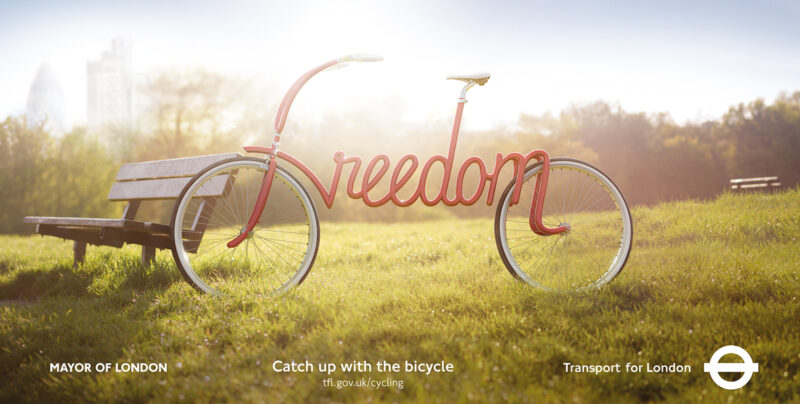
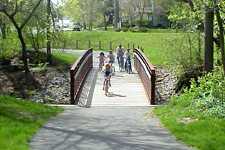
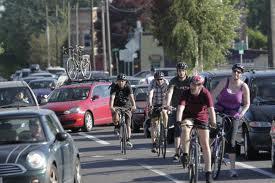
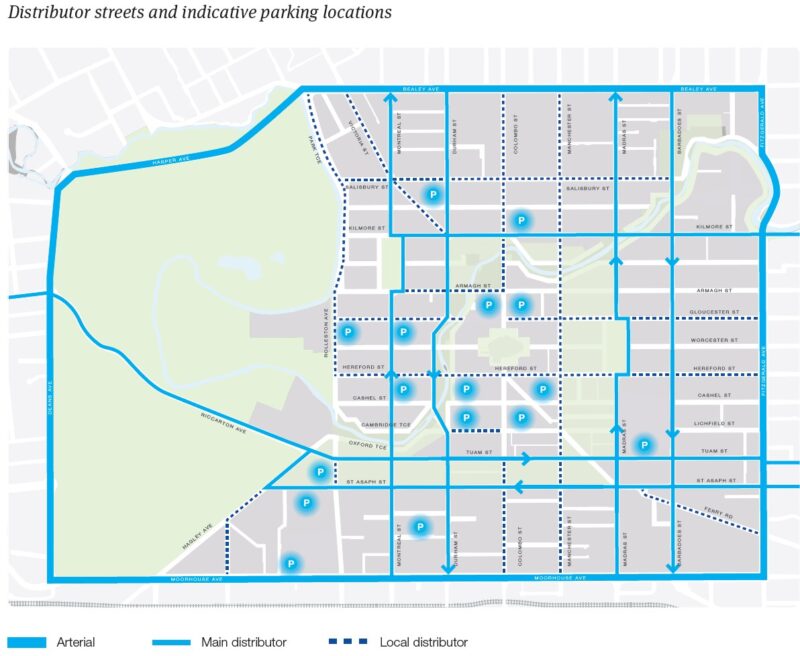
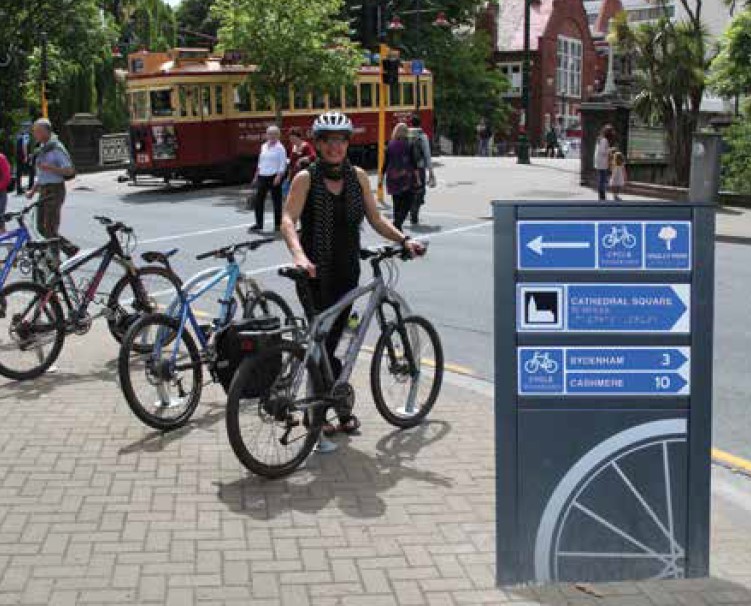
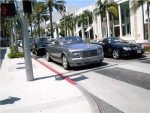
I agree with this (unfortunately). Why is there so much detail for motorised vehicles and so little detail for cyclists? If there is a genuine intention to make our city cycle friendly then tell us how and when and how much money is available to achieve this. Yes there is reason to be hopeful that this plan will lead to some real improvements for cyclists. But if cycling is considered to be an important transport mode in Christchurch 2.0, why is there a lack of real commitment in this plan?
Rather than being impressed by the glossy pictures as the authorities would like , without hard core details for positive action I find them condescending , bordering on insulting . It is as if they are saying privately ” if we throw in a few nice photos of happy cyclists maybe they will settle down and not be such a nuisance ” . Up until now I was getting a little tired of feeling like a second class citizen whilst cycle commuting. Now I am seriously displeased , as an accident this week has left me with damaged ribs and a collapsed lung . We spend millions each year patching up injured cyclists , not to mention the loss of work productivity and jolly inconvenience of severe pain. With the billions to be spent in ChCh I would like to hold those in power to account if they don’t make a significant financial contribution to the safe cycling cause in the city . Just what can we do to get them to wake up and see the obvious ?. It is so wrong . Of course on the positive side , I will now have ample time to make submissions on the plans , a task I find almost pointless as it seems nothing more than a PR exercise .
Rather than being impressed by the glossy pictures as the authorities would like , without hard core details for positive action I find them condescending , bordering on insulting . It is as if they are saying privately ” if we throw in a few nice photos of happy cyclists maybe they will settle down and not be such a nuisance ” . Up until now I was getting a little tired of feeling like a second class citizen whilst cycle commuting. Now I am seriously displeased , as an accident this week has left me with damaged ribs and a collapsed lung . We spend millions each year patching up injured cyclists , not to mention the loss of work productivity and jolly inconvenience of severe pain. With the billions to be spent in ChCh I would like to hold those in power to account if they don’t make a significant financial contribution to the safe cycling cause in the city . Just what can we do to get them to wake up and see the obvious ?. It is so wrong . Of course on the positive side , I will now have ample time to make submissions on the plans , a task I find almost pointless as it seems nothing more than a PR exercise .
My only hope is that National gets voted out at the next election, and we can get some real democracy back in Canterbury, instead of Supreme Ruler Gerry telling CERA what to do.
My only hope is that National gets voted out at the next election, and we can get some real democracy back in Canterbury, instead of Supreme Ruler Gerry telling CERA what to do.
A reminder that you’ve got until next Friday (1st Feb) to put in a submission to CERA about the draft Central City Transport Plan – so read up all the info linked to here and have your say!
A reminder that you’ve got until next Friday (1st Feb) to put in a submission to CERA about the draft Central City Transport Plan – so read up all the info linked to here and have your say!